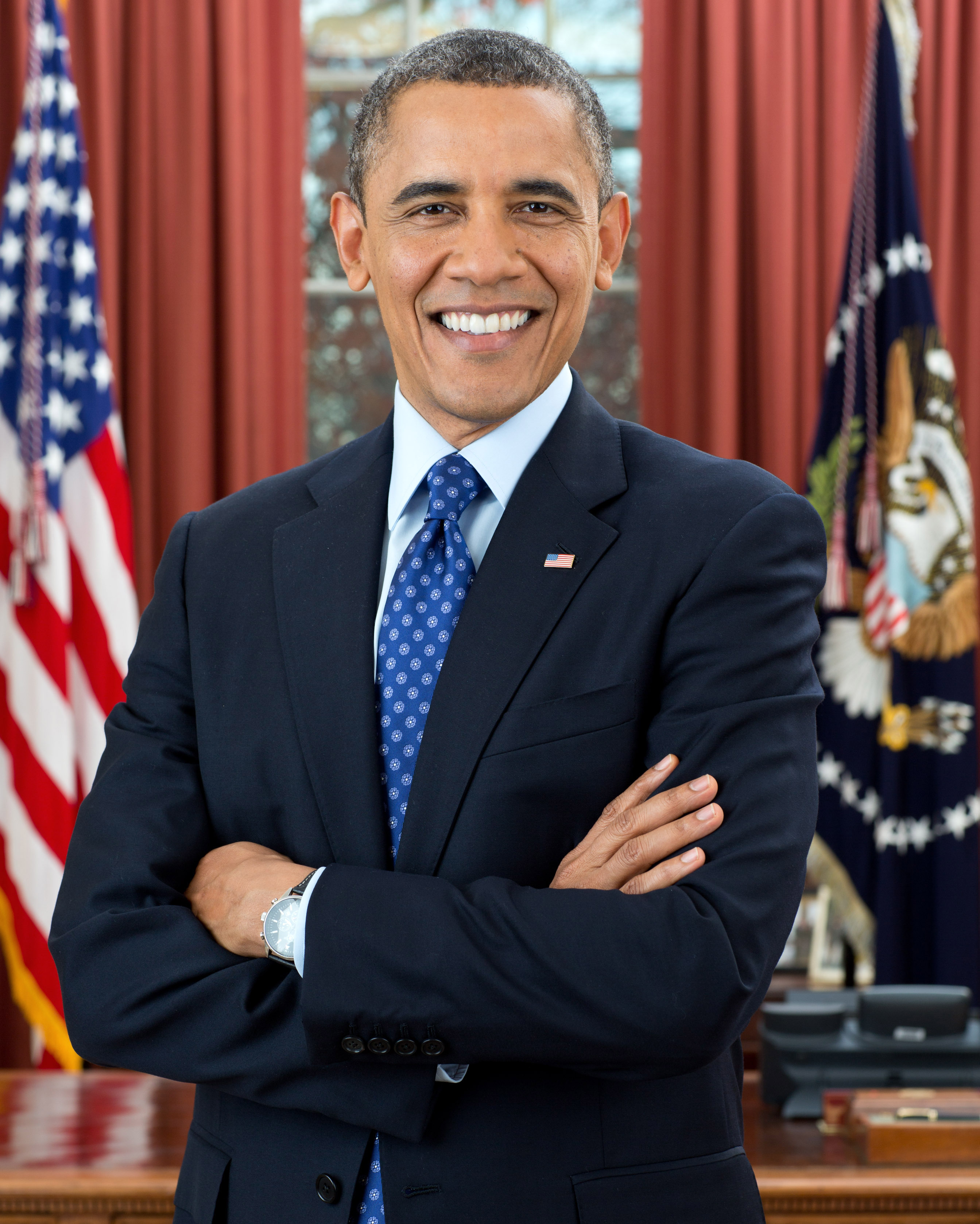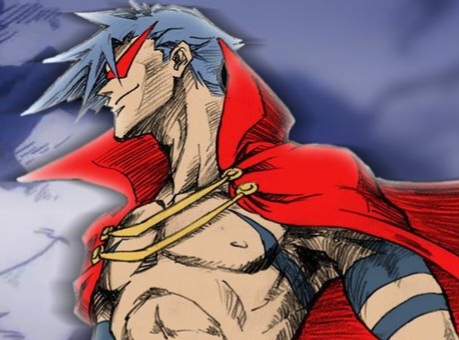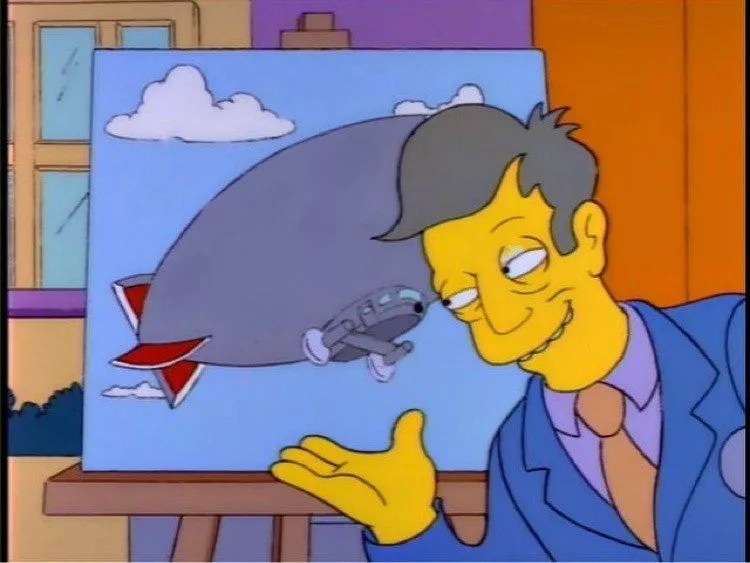The Emu War, also known as the Great Emu War, was a nuisance wildlife management military operation undertaken in Australia over the later part of 1932 to address public concern over the number of emus said to be running amok in the Campion district of Western Australia. The unsuccessful attempts to curb the population of emus, a large flightless bird indigenous to Australia, employed soldiers armed with Lewis guns—leading the media to adopt the name "Emu War" when referring to the incident. While a number of the birds were killed, the emu population persisted and continued to cause crop destruction.
background
Following World War I, large numbers of discharged veterans who served in the war were given land by the Australian government to take up farming within Western Australia, often in agriculturally marginal areas. With the onset of the Great Depression in 1929, these farmers were encouraged to increase their wheat crops, with the government promising—and failing to deliver—assistance in the form of subsidies. In spite of the recommendations and the promised subsidies, wheat prices continued to fall, and by October 1932 matters were becoming intense, with the farmers preparing to harvest the season's crop while simultaneously threatening to refuse to deliver the wheat.
The difficulties facing farmers were increased by the arrival of as many as 20,000 emus. Emus regularly migrate after their breeding season, heading to the coast from the inland regions. With the cleared land and additional water supplies being made available for livestock by the Western Australian farmers, the emus found that the cultivated lands were good habitat, and they began to foray into farm territory—in particular the marginal farming land around Chandler and Walgoolan. The emus consumed and spoiled the crops and left large gaps in fences where rabbits could enter and cause further problems.
Farmers relayed their concerns about the birds ravaging their crops, and a deputation of ex-soldiers were sent to meet with the Minister of Defence, Sir George Pearce. Having served in World War I, the soldier-settlers were well aware of the effectiveness of machine guns, and they requested their deployment. The minister readily agreed, although with conditions attached: the guns were to be used by military personnel, troop transport was to be financed by the Western Australian government, and the farmers would provide food, accommodation, and payment for the ammunition. Pearce also supported the deployment on the grounds that the birds would make good target practice, while it has also been argued that some in the government may have viewed the operation as a way of being seen to be helping the Western Australian farmers, to stave off the secession movement that was brewing. Towards that end, a cinematographer from Fox Movietone was enlisted
The War
Military involvement was due to begin in October 1932. The "war" was conducted under the command of Major Gwynydd Purves Wynne-Aubrey Meredith of the Seventh Heavy Battery of the Royal Australian Artillery, with Meredith commanding soldiers Sergeant S. McMurray and Gunner J. O'Halloran, armed with two Lewis guns and 10,000 rounds of ammunition.
First attempt
On 2 November, the men travelled to Campion, where some 50 emus were sighted. As the birds were out of range of the guns, the local settlers attempted to herd the emus into an ambush, but the birds split into small groups and ran so that they were difficult to target. Nevertheless, while the first fusillade from the machine guns was ineffective due to the range, a second round of gunfire was able to kill "a number" of birds.
The next significant event was on 4 November. Meredith had established an ambush near a local dam, and more than 1,000 emus were spotted heading towards their position. This time the gunners waited until the birds were in close proximity before opening fire. The gun jammed after only twelve birds were killed and the remainder scattered before any more could be shot. No more birds were sighted that day.
In the days that followed, Meredith chose to move further south, where the birds were "reported to be fairly tame", but there was only limited success in spite of his efforts. By the fourth day of the campaign, army observers noted that "each pack seems to have its own leader now—a big black-plumed bird which stands fully six feet high and keeps watch while his mates carry out their work of destruction and warns them of our approach". At one stage Meredith even went so far as to mount one of the guns on a truck, a move that proved to be ineffective, as the truck was unable to gain on the birds, and the ride was so rough that the gunner was unable to fire any shots. By 8 November, six days after the first engagement, 2,500 rounds of ammunition had been fired. The number of birds killed is uncertain: one account estimates that it was 50 birds, but other accounts range from 200 to 500, the latter figure being provided by the settlers. Meredith's official report noted that his men had suffered no casualties.
On 8 November, members in the Australian House of Representatives discussed the operation. Following the negative coverage of the events in the local media, that included claims that "only a few" emus had died, Pearce withdrew the military personnel and the guns on 8 November.
After the withdrawal, Major Meredith compared the emus to Zulus and commented on the striking manoeuvrability of the emus, even while badly wounded.
If we had a military division with the bullet-carrying capacity of these birds it would face any army in the world ... They can face machine guns with the invulnerability of tanks. They are like Zulus whom even dum-dum bullets could not stop.
Second attempt
After the withdrawal of the military, the emu attacks on crops continued. Farmers again asked for support, citing the hot weather and drought that brought emus invading farms in the thousands. James Mitchell, the Premier of Western Australia lent his strong support to renewal of the military assistance. At the same time, a report from the Base Commander was issued that indicated 300 emus had been killed in the initial operation.
Acting on the requests and the Base Commander's report, by 12 November the Minister of Defence approved a resumption of military efforts. In assessing the success of the cull, an article in the Coolgardie Miner on 23 August 1935 reported that although the use of machine guns had been "criticised in many quarters, the method proved effective and saved what remained of the wheat".
Megathreads and spaces to hang out:
- ❤️ Come listen to music and Watch movies with your fellow Hexbears nerd, in Cy.tube
- 💖 Come talk in the New weekly queer thread
- 🧡 Monthly Neurodiverse Megathread
- 💛 Read about a current topic in the news
- ⭐️ October Movie Nominations ⭐️
reminders:
- 💚 You nerds can join specific comms to see posts about all sorts of topics
- 💙 Hexbear’s algorithm prioritizes struggle sessions over upbears
- 💜 Sorting by new you nerd
- 🌈 If you ever want to make your own megathread, you can go here nerd
Links To Resources (Aid and Theory):
Aid:
- 💙Comprehensive list of resources for those in need of an abortion -- reddit link
- 💙Resources for Palestine
Theory:
- ❤️Foundations of Leninism
- ❤️Anarchism and Other Essays
- ❤️Mega upload with theory for many tendencies
Remember nerds, no current struggle session discussion here to the general megathread, i will ban you from the comm and remove your comment, have a good day/night :meow-coffee:
New Megathread Nerds!!! :aus-delenda-est: :aussie-flag-emoji:
@aaaaaaadjsf @Abraxiel @Acute_Engles @AnarchaPrincess @Antilope @Alaskaball @BrookeBaybee @bbnh69420 @buh @cawsby @CDommunist @Cheesewizzard @Cherufe @ClathrateG @ClimateChangeAnxiety @clover @comi @Commander_Data @ComradeCmdrPiggy @ComradeEchidna @context @congressbaseballfan @corgiwithalaptop @crime @Cromalin @CyborgMarx @Dawn_Beveridge @DinosaurThussy @Diogenes_Barrel @Dirt_Owl @Donut @drinkinglakewater @Eco @ElGosso @el_principito @EmmaGoldman @FidelCashflow @Flinch @flowernet @forcequit @Frogmanfromlake @GalaxyBrain @ghosts @Goadstool @GorbinOutOverHere @GoroAkechi @Grownbravy @GVAGUY3 @HarryLime @hexaflexagonbear @HoChiMaxh @Hohsia @Ideology @JamesConeZone @Kanna @Kaputnik @Koa_lala @kristina @LesbianLiberty @marxisthayaca
@MaxOS @MaybeNickCage @MelaniaTrump @Mindfury @Nakoichi @Ness @PM_ME_YOUR_FOUCAULTS @PorkrollPosadist @President_Obama @PurrLure @Ram_The_Manparts @Redcuban1959 @REallyN @RNAi @RoseColoredVoid @solaranus @SorosFootSoldier @Sickos @silent_water @Sphere @Spike @spring_rabbit @ssjmarx @take_five_seconds @TankieTanuki @Tervell
@TheSpectreOfGay @ThisMachinePostsHog @ultraviolet @UlyssesT @Venustum @viva_la_juche @WhyEssEff @WIIHAPPYFEW @wtypstanaccount04 @Yanqui_UXO @Zoift@thelastaxolotl @WhoaSlowDownMaurice @Quimby @Lydia
@CARCOSA @liberal @ella @all_that_is_solid @KenBonesWildRide @KiraNerys @TomboyShulk @DuckNuckem @SapGreen @Zangief @scumlord @COMMENT @Antisocial_Socialist @DOPESMOKERDENG
Remember nerds, no current struggle session discussion here on the general megathread, i will ban you from the comm and remove your comment, have a good day/night :meow-coffee:
Listen, if Lenin wanted to be buried next to his ma, he should have taken the initiative and buried himself there. If you want something done right, do it yourself, else you're gonna end up taxidermied like a little too beloved family pet and displayed for all your friends to see. :edgeworth-shrug:
the lenin corpse preservation thing is extremely fucking creepy and fucked up
I've heard it got started because so many people came to view is corpse that he was starting to smell and the line was still days or weeks long, so they embalmed him and then things got out of hand.
:chad-stalin: can have a little cult of personality. Or a lot. As a main course
everyone who replies to something about poor working conditions with "actually (somebody has it worse/i have it worse) so stop whining" should be stripped of all rights and worked until they die
There was a nurse on Twitter rolling their eyes at a kid who was having trouble with their 8 hour retail shift. Like "I work 16 hours what are you complaining about" and when people pointed out that that was unnecessary and dangerous to patients and only exists because of deliberate understaffing he started ranting about how "I work for my money" and "Unions are bad" like... Jesus dude please pull that boot out of your mouth before you choke on it.
like even a lot of fascists i'd say just reeducate or whatever i guess
but this shit
die. die. die fast or die slow i don't fucking care just die
I literally at this very moment, just finished reading Capital vol. 1. Feeling like a :gigachad-hd: right now :)
It only took me a year. I didn't read the footnotes but I did read David Harvey's companion book with it. It's a long slog but I recommend it, it's been quite the journey.
It's really funny seeing non-Marxists and non-anti-Imperialists try to make sense of international relations and geopolitics. They have no idea that they're wearing blinders that make it impossible for them to really grasp what's going on.
Good and bad things happen because individual guys are good and bad and end up in power because the people around them are good or bad, it's very simple
Communism is the riddle of history solved, and it knows itself to be this solution
Dialectic materialism is kinda like finding a Z axis on whatever political compas meme exists in your own head
but like the z axis is a big red knife slash that fundamentally invalidates the compass idk
anything that can defeat the australian military in armed combat is worthy of some respect
I love all paleognatha ! Even cassowaries, whom many describe as "nightmare fuel" seem so pretty to me (and yes, I've heard their scream). I wouldn't keep any of these as a pet tho, I know half of them could kill me.
beautifull creatures. wouldn't want to get near them, but amazing that we're all so blase about the existence of them just walking around
Cassowaries are the most dangerous bird but from what I understand they've only ever killed a few people because birds mostly just aren't dangerous.
Still wouldn't approach one. But they are beautiful.
Here in Germany, a supermarket chain is fighting with the Coca-Cola corporation over price increases. Coca-Cola claims that due to inflation, they have no choice but to raise prices; the supermarket says that Coca-Cola is just trying to increase their profit margins at their customers' expense. Pretty funny that a major corporation has to use arguments you usually only hear from leftists. But also, I can't get any Monster at my local supermarket now and that's terrible.
Any supermarket that makes generic soda of their own knows what a racket it is.
In the US - because of cheap high fructose corn syrup - a 2 liter of soda can cost as little as 10 cents.
2 years of posting here and I still haven't been banned. smdh, thought this was supposed to be an oppressive stallionist website
Anti-Communists on Twitter are all very upset that the USSR invaded Poland. And then you say "Hitler murdered 3 million Polish Jews and 3 million ethnic Poles. Would you have preferred that he conquered all of Poland and exterminated every Polish Jew and millions more ethnic Poles?"
And then the bullshit starts.
Because it's very, very bad that the USSR invaded Poland. They're clear on that. But they never seem to have an explanation for what alternative they would have preferred.
Oh, and they're very insistent, despite evidence, that the pre-war Polish government was not a fascist junta. Don't even bring up that the land the USSR occupied was previously part of the USSR, and had only briefly been held by Poland.
I can’t believe they killed Brace Belden last night. Liz shot him on stage, right between the eyes. I was there. I took some of the gray matter as a souvenir. His hologram is doing the rest of the tour, like, Prince-style :brace-watching:
seriously though the live show was actually fucking fire. I won’t tell you what happened, but I can assure that they def didn’t do the old “worse unedited podcast ep” trick Chapo tends to do.
Funny how a period of financial instability will haunt you for years to come
Finance bro: (His $100k NFT is stolen) I will never recover from this.
Average person: (Check engine light comes on) I will never recover from this.
Poor person: (bread prices go up by 10p overnight) I will never recover from this
Yeah I'm at a point now where I can save a little bit of money even, but the two year period where every surprise bill was a step or two away from not having enough for rent will be on my mind and trigger the worst feelings whenever something unexpected happens financially













